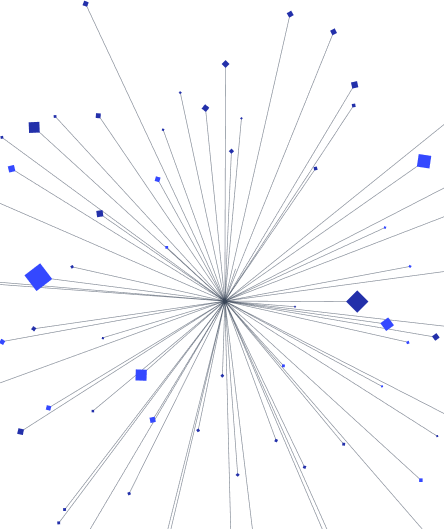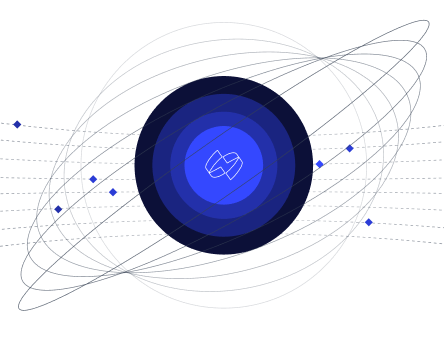
General Information about Reason Codes
Reason codes are essential annotations used by credit card companies, banks, and other financial institutions. They explain why transactions don't go through, why chargebacks happen, or why payments are adjusted. Think of reason codes as quick, standardized notes that clarify the cause of these financial adjustments—anything from suspected fraud to a simple typo. Getting a handle on these codes is key for any business handling transactions. They shed light on transaction disputes and guide strategies to prevent future issues. By managing these codes well, businesses can boost customer satisfaction, cut down on chargebacks, and streamline payment processing. Learning about common reason codes helps merchants quickly tackle and resolve disputes, keeping their revenue healthy.
What is a Reason Code?
A reason code could be a number or a mix of letters and numbers that credit card networks or banks use to pinpoint why a transaction was declined, a chargeback filed, or a payment adjusted. Each code stands for a specific issue—maybe there weren't enough funds, there was suspected fraud, or a processing error occurred. These codes are crucial not just for resolving payment disputes but also for analytics and reporting in financial operations. Knowing these codes helps businesses apply the right fixes, ensuring they stick to card network rules and improve their transaction success rates.
Navigating Reason Codes Across Major Card Networks
Understanding the reason codes across top card networks like Visa, Mastercard, American Express, and Discover is vital for effective dispute management. Each network uses its own unique system designed for specific transaction issues, which significantly affects how businesses handle disputes and chargebacks.
By deeply understanding these systems, businesses are equipped to manage and prevent chargebacks effectively. Using advanced analytics and tailored strategies not only improves understanding and adapts procedures but also safeguards revenue, ensuring compliance and boosting customer satisfaction.

Visa categorizes its reason codes into areas like processing errors, authorization errors, fraud, and customer disputes as part of its Visa Claims Resolution initiative. This organization helps merchants quickly spot and address disputes.
Visa Code List

Similar to Visa but with an added 'Miscellaneous' category, American Express uses both letters and numbers to clearly outline specific disputes, aiding in effective management and resolution.
Mastercard Code List

Visa categorizes its reason codes into areas like processing errors, authorization errors, fraud, and customer disputes as part of its Visa Claims Resolution initiative. This organization helps merchants quickly spot and address disputes.
American Express Code List

Discover uses an alphabetical system for its reason codes, like 'DP' for duplicate processing and 'RM' for quality issues. This clear categorization assists merchants in resolving disputes swiftly.

































